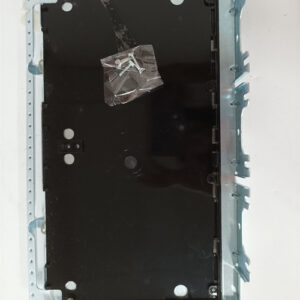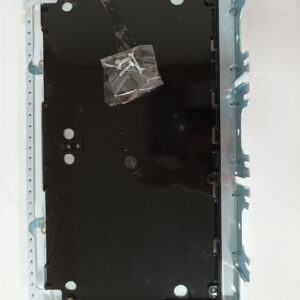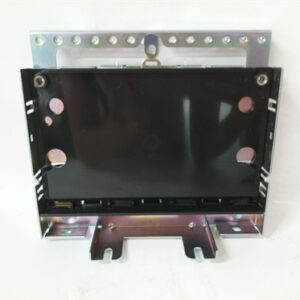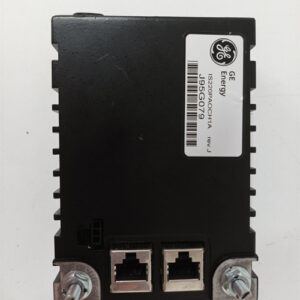الوصف
GE DS3800HLNF MicroVax Network Controller Card
The GE DS3800HLNF is a specialized MicroVax Network Controller Card used in the GE Speedtronic Mark IV series of turbine control systems. As a legacy part, it’s no longer in production and is primarily used for maintaining and repairing older systems.
Function and Purpose
The primary function of the DS3800HLNF is to provide an interface between the Mark IV control system and a MicroVAX computer, which was a series of mini-computers developed by Digital Equipment Corporation (DEC). Its key roles include:
- Communication Interface: It enables the turbine control system to communicate with a VAX computer, which was often used as a central monitoring, data acquisition, and diagnostic station in older power plants.
- Network Protocol Support: The card supports network protocols such as Ethernet (at a speed of 10 Mbps) and DECnet, providing connectivity for transferring data between the control system and other devices on a local area network (LAN).
- Bus Interface: It is designed to work with the QBUS or UNIBUS architecture, a type of computer bus used in DEC systems.
- Data Transfer: The card facilitates the transfer of real-time operational data from the turbine control system to the VAX computer for logging, analysis, and display.
- System Integration: By bridging the gap between two different hardware architectures (GE’s proprietary Mark IV and DEC’s Q-BUS), the card ensures seamless integration and control.
Technical and Design Features
The DS3800HLNF is a robust, industrial-grade circuit board designed to operate in a demanding environment.
- Legacy Part: The “DS3800” prefix indicates that it belongs to the legacy Mark IV series. This system was the first microprocessor-based gas turbine control system from GE.
- Connectors: The board features a backplane connector to communicate with the larger rack system and its components. It also has an RJ45 connector for Ethernet communication.
- Jumpers and DIP Switches: The board includes several jumpers and DIP switches that allow technicians to configure its operational settings to match the specific requirements of a given application.
- Indicator LEDs: It has indicator LEDs that provide visual status of the board’s operation, aiding in troubleshooting.

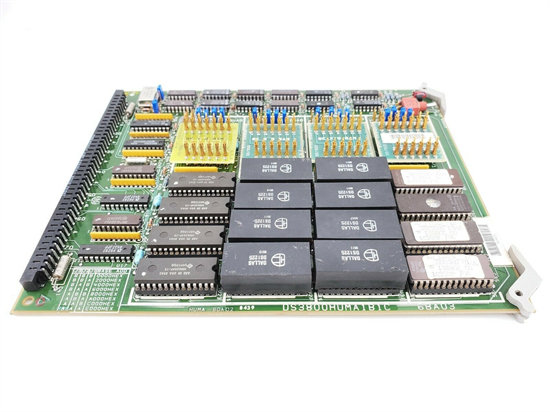

 +86 15340683922
+86 15340683922 +86 15340683922
+86 15340683922